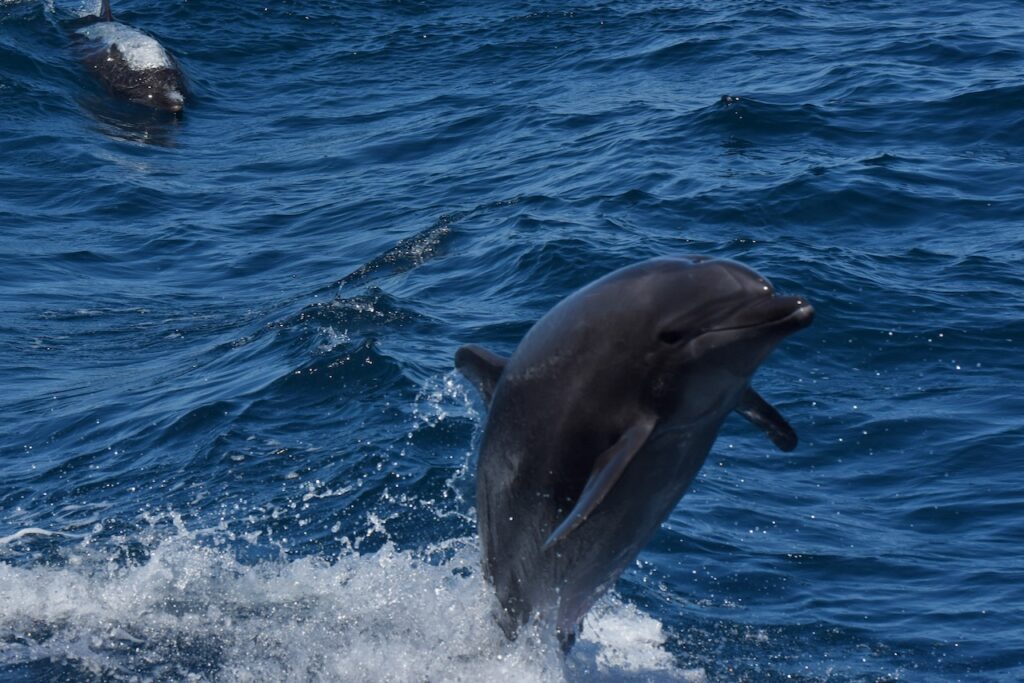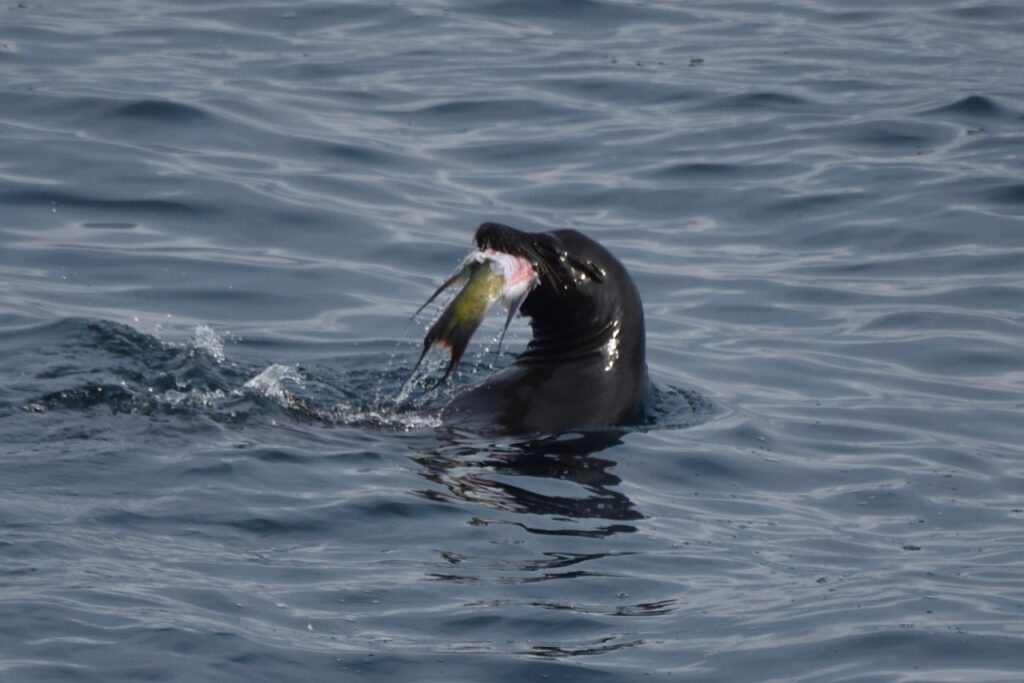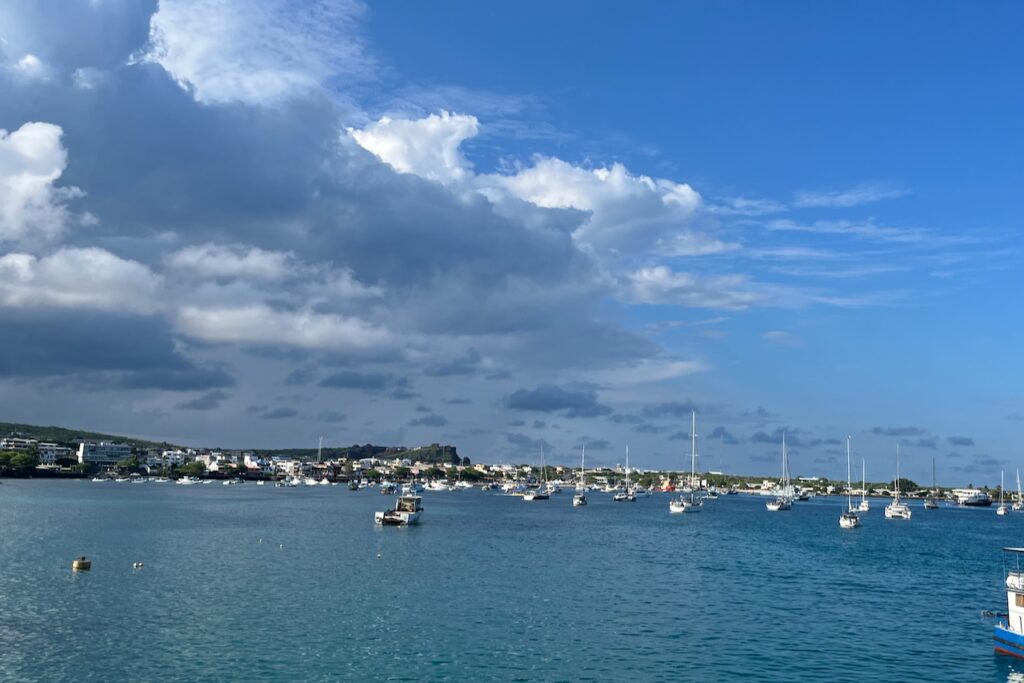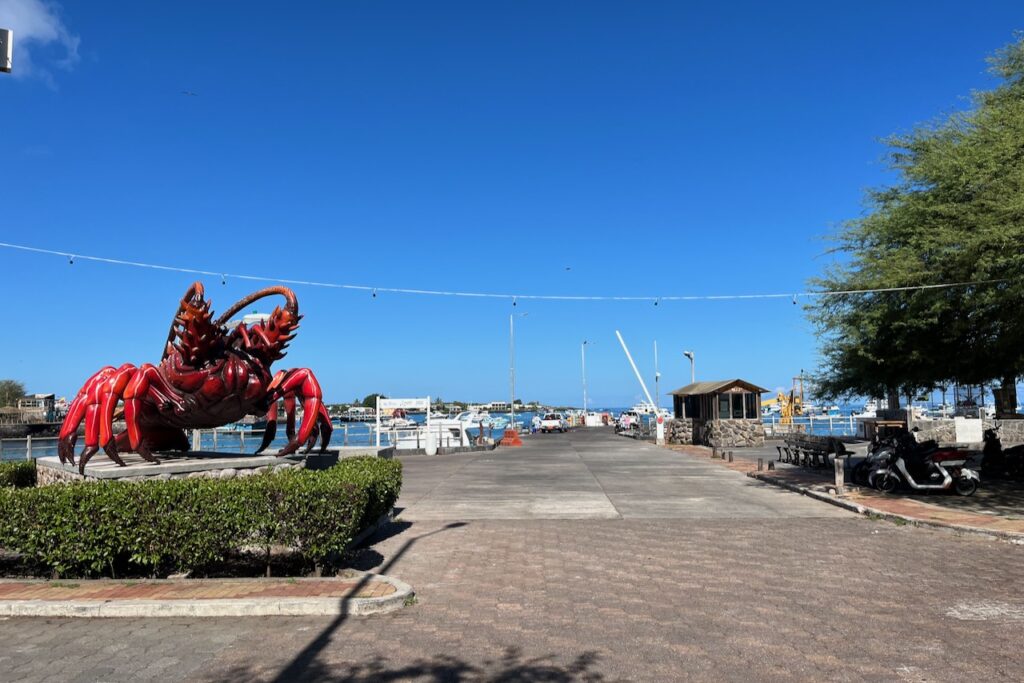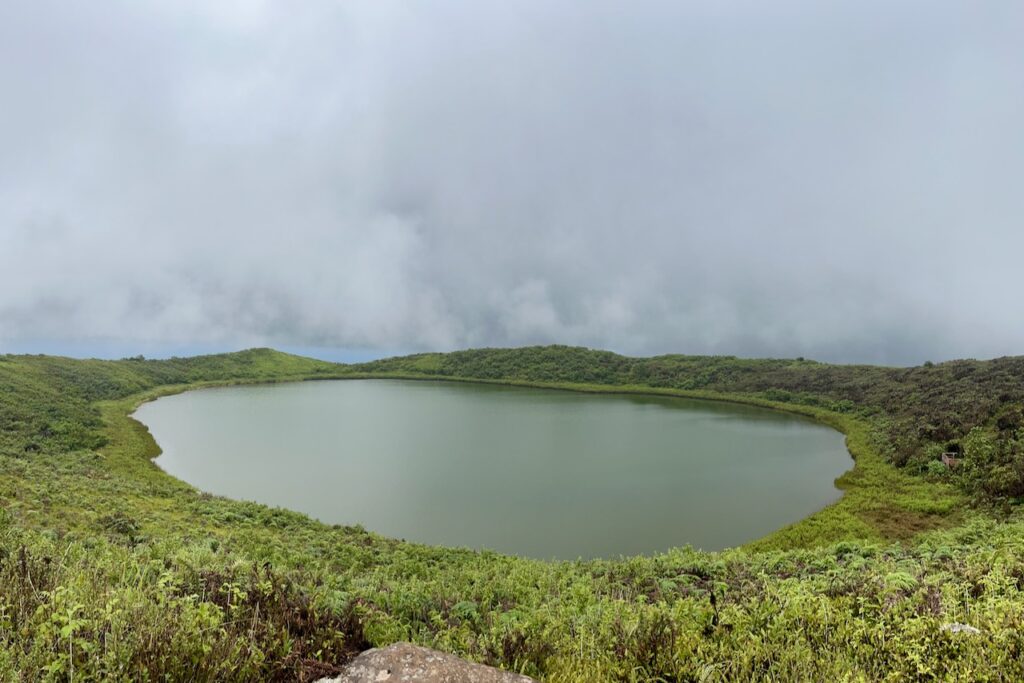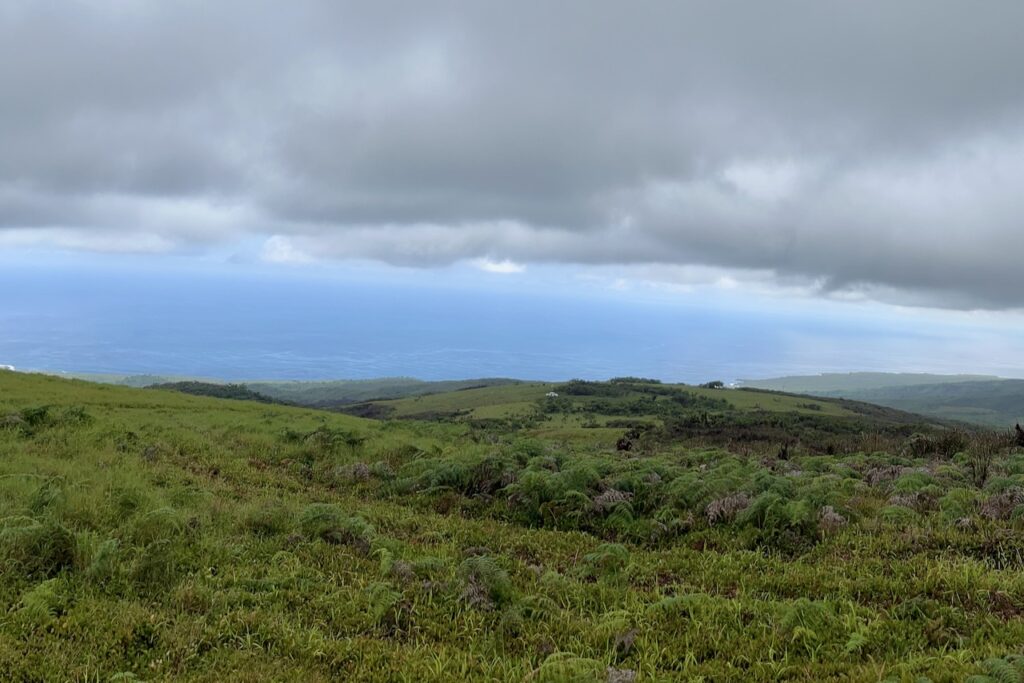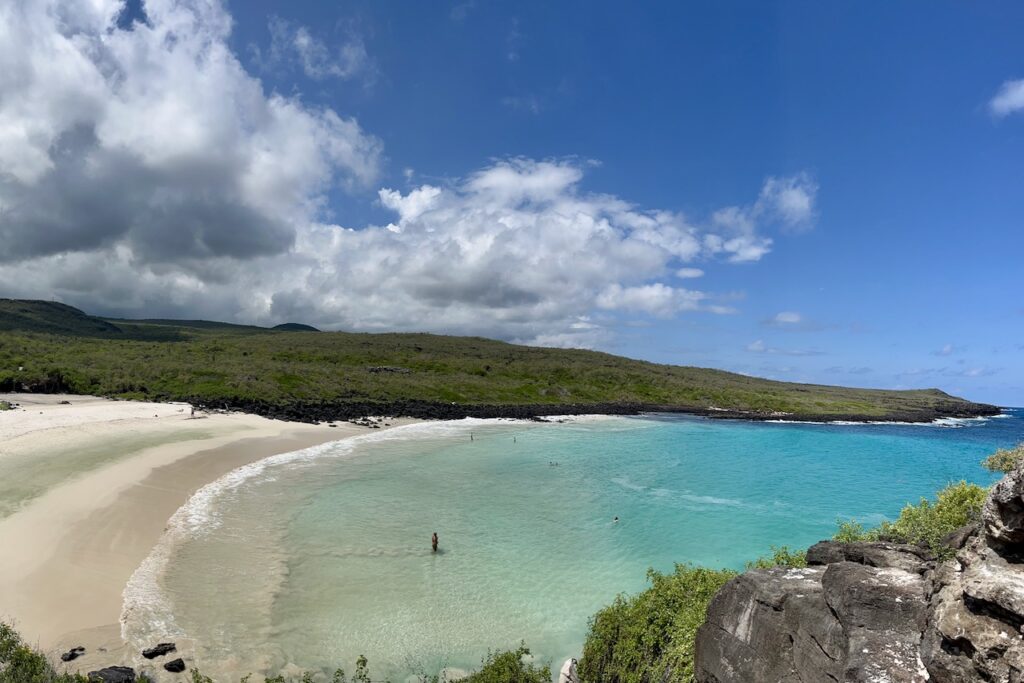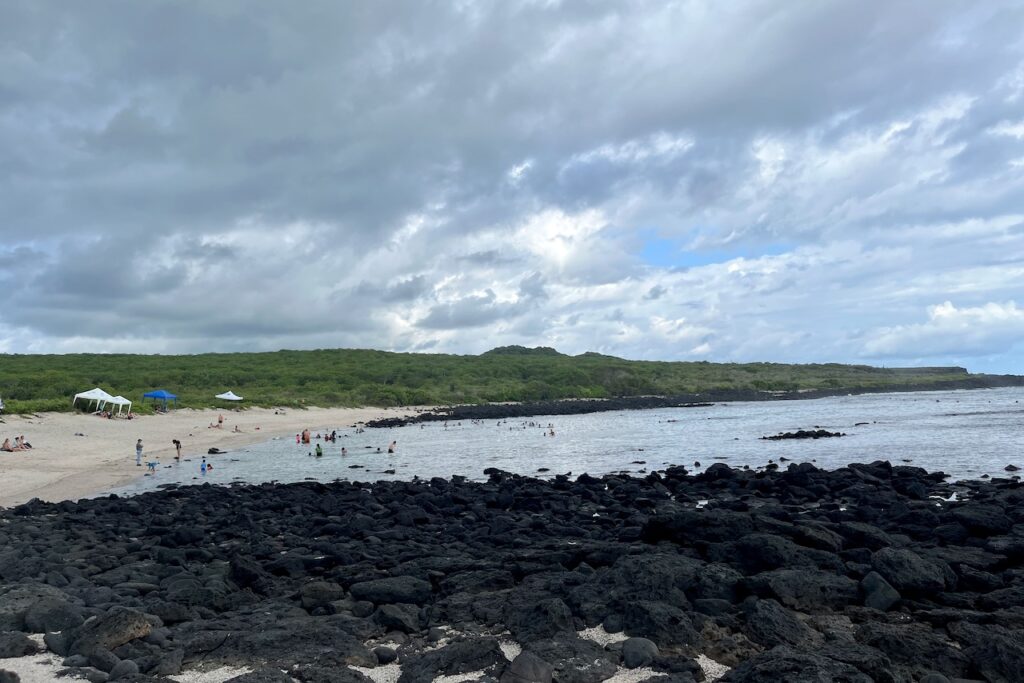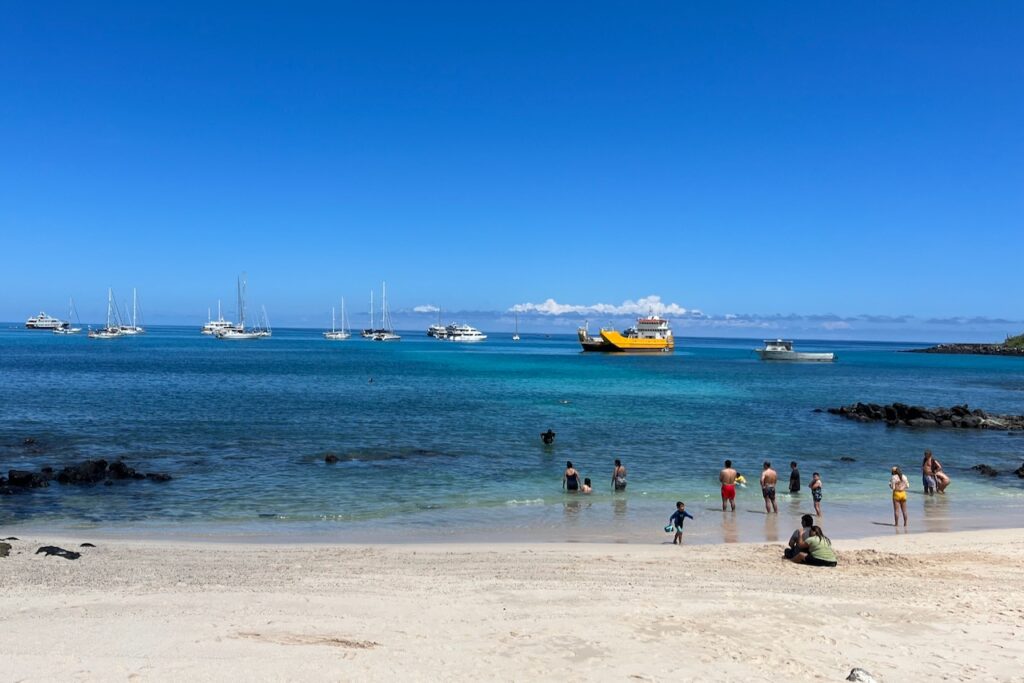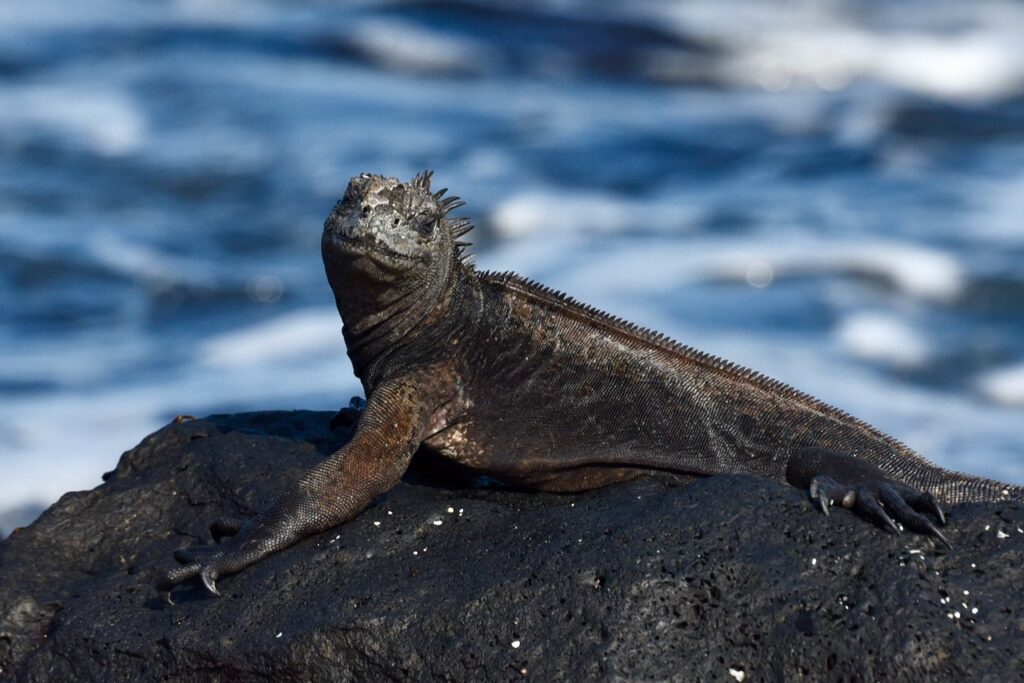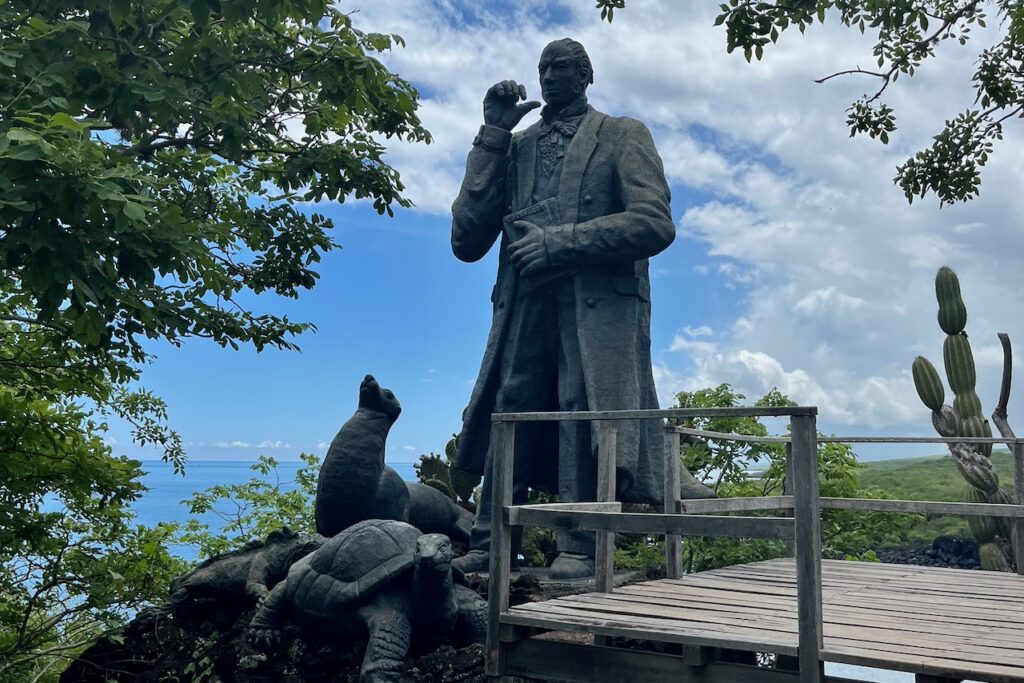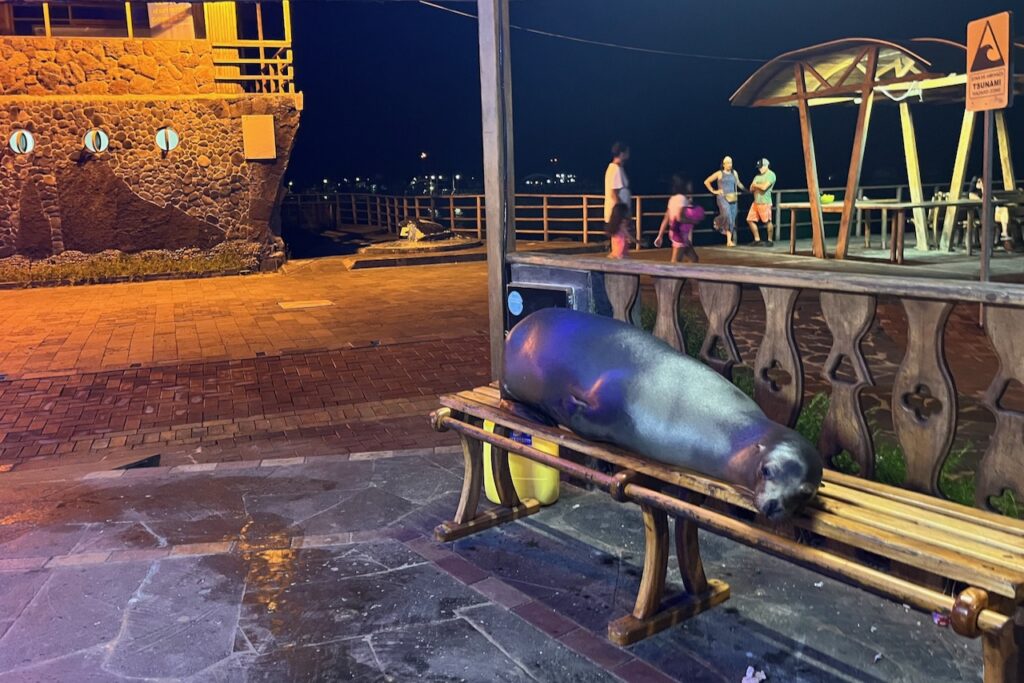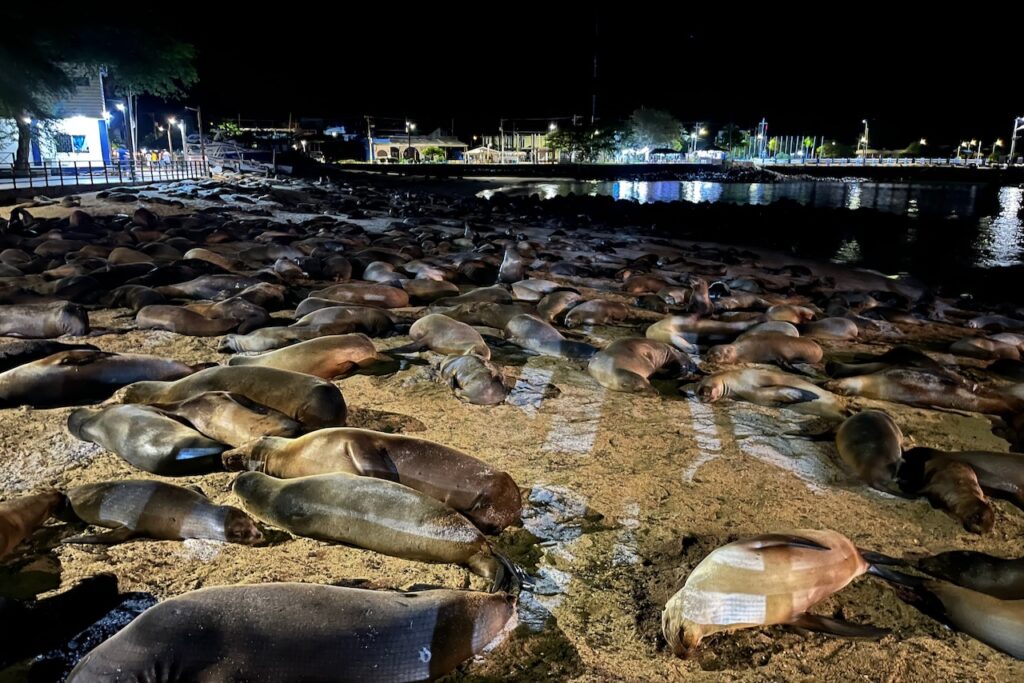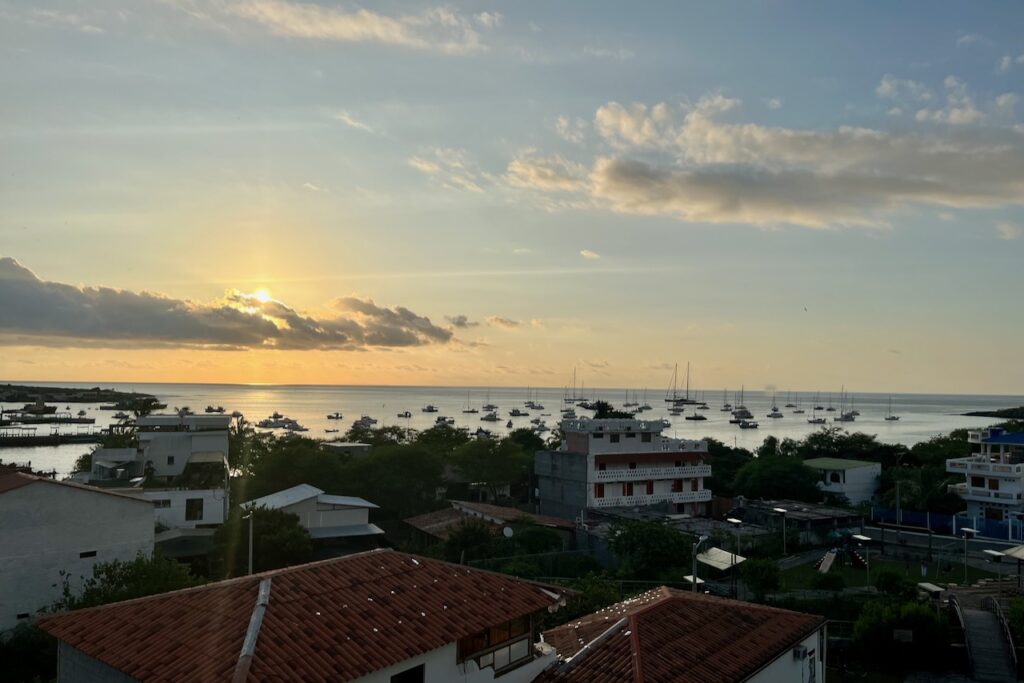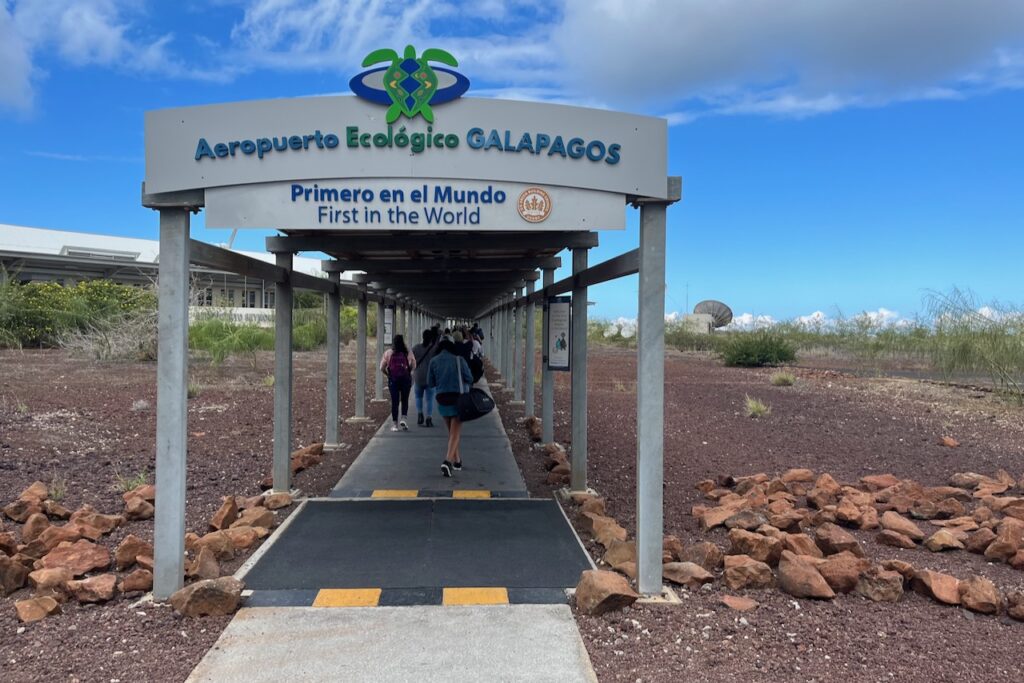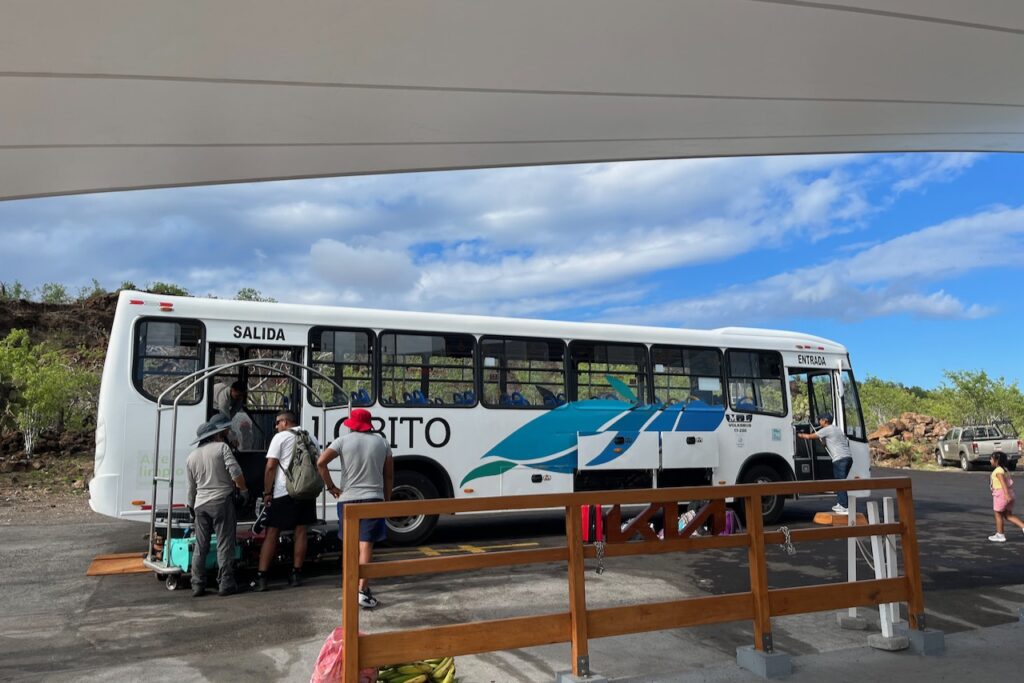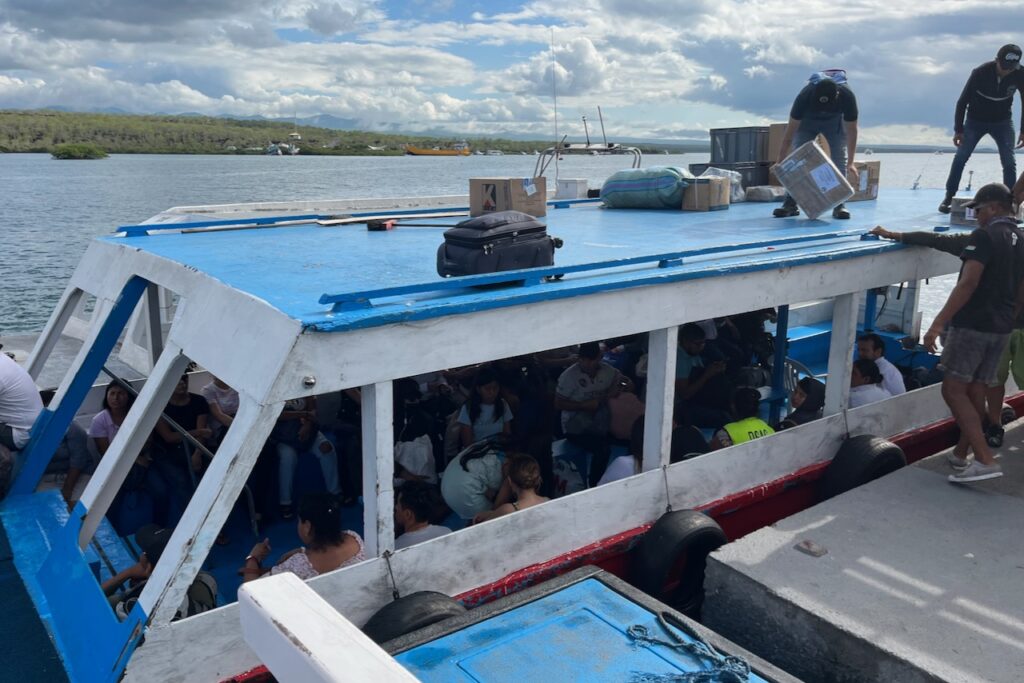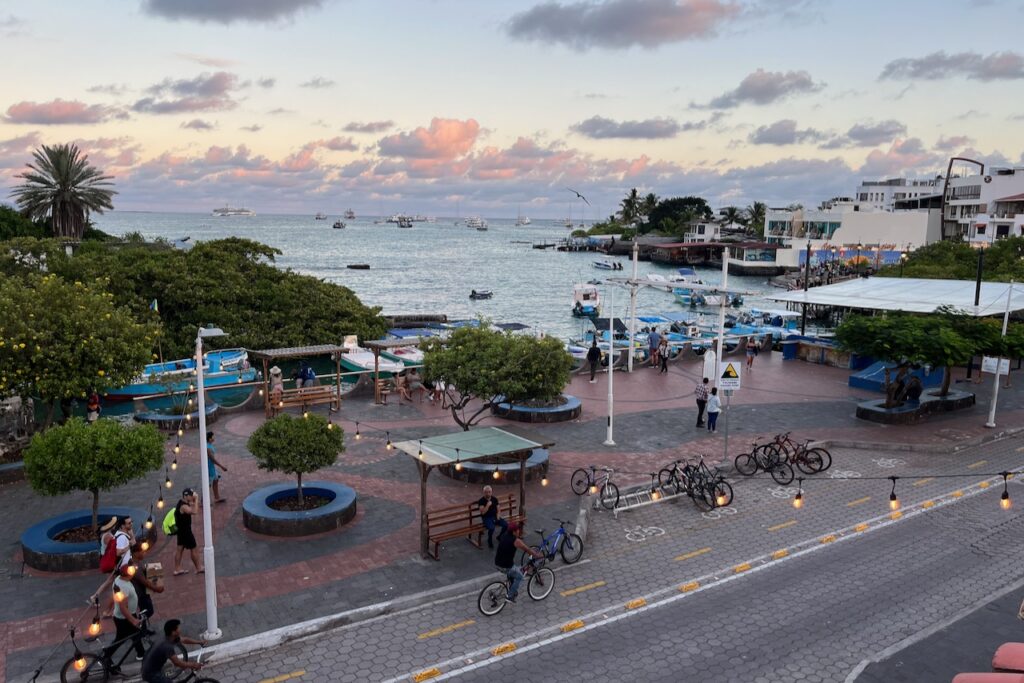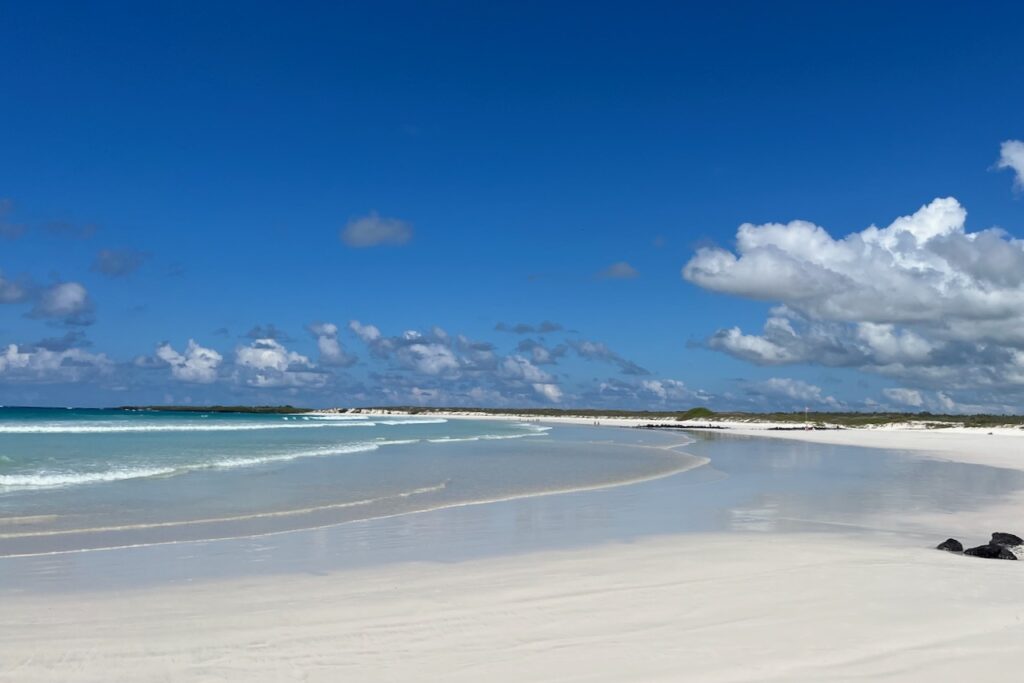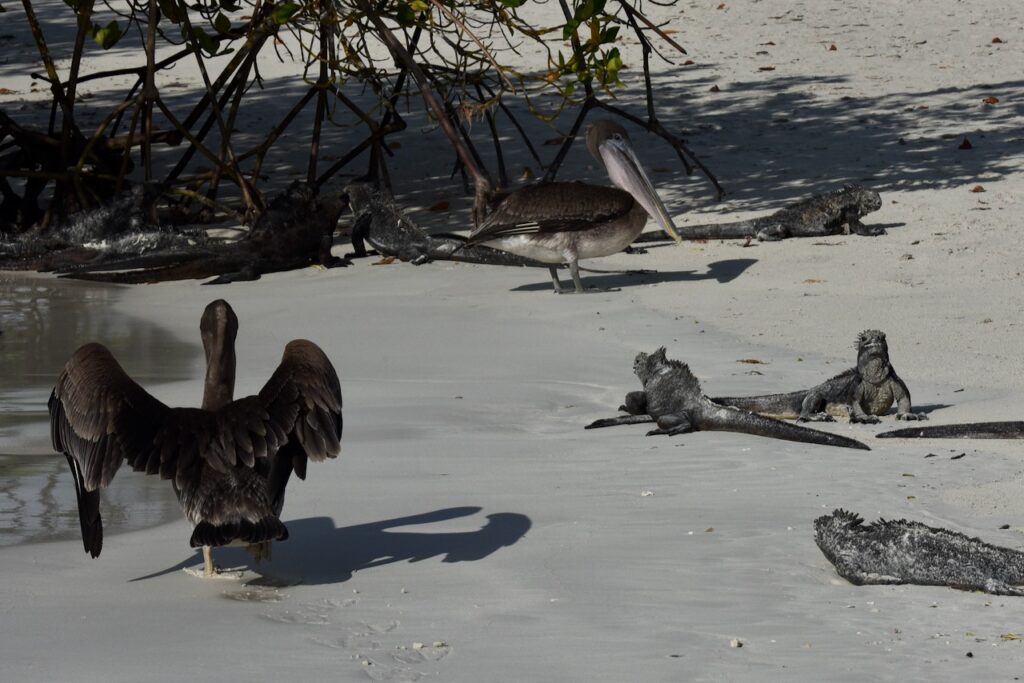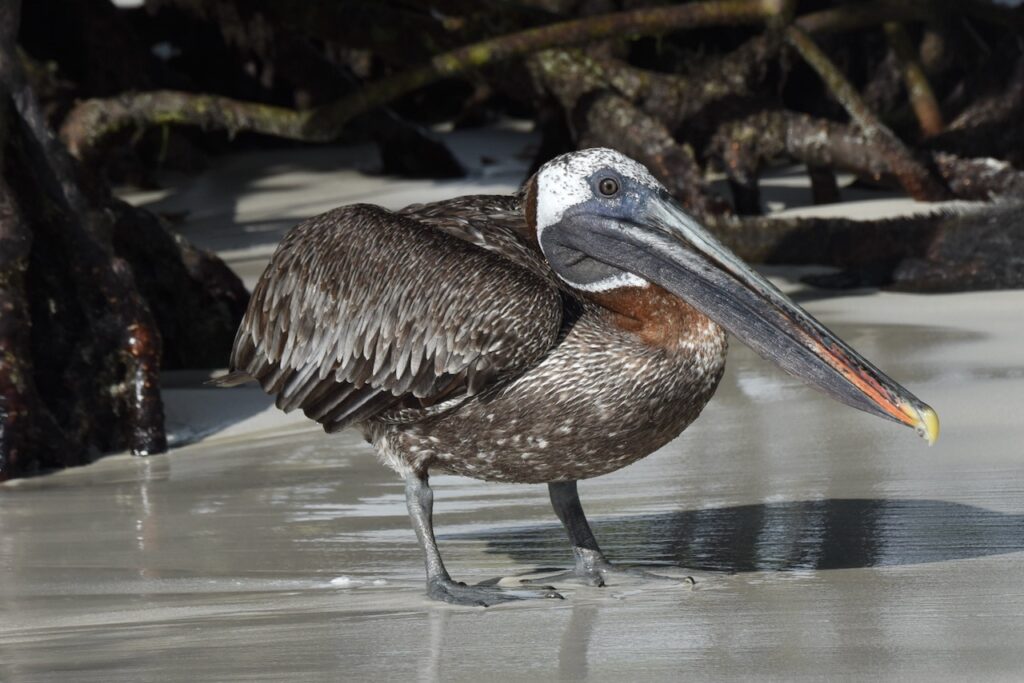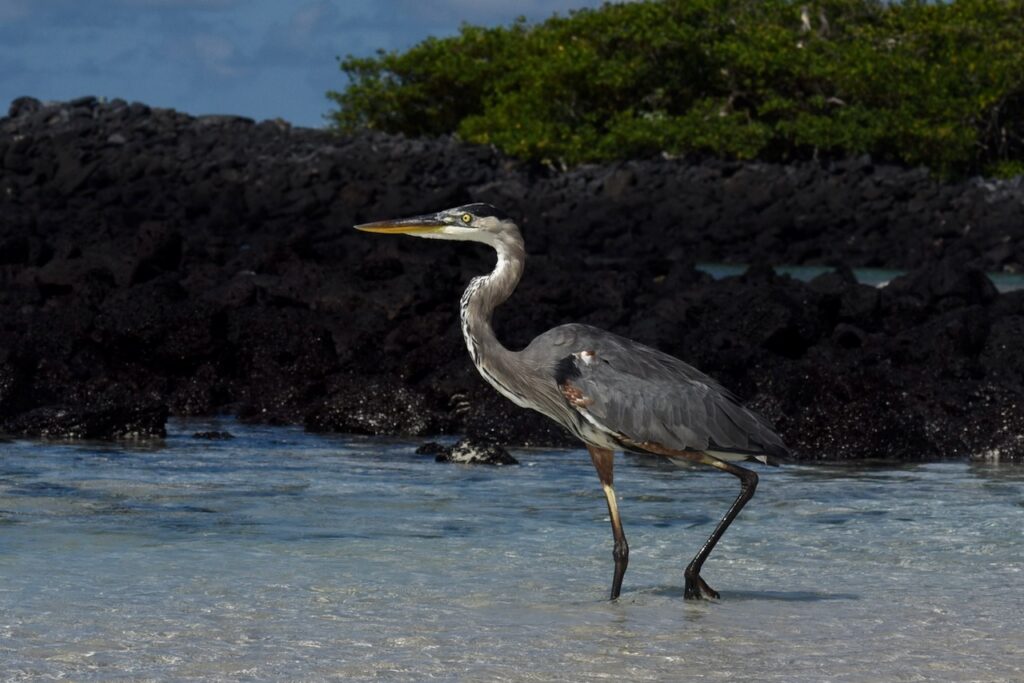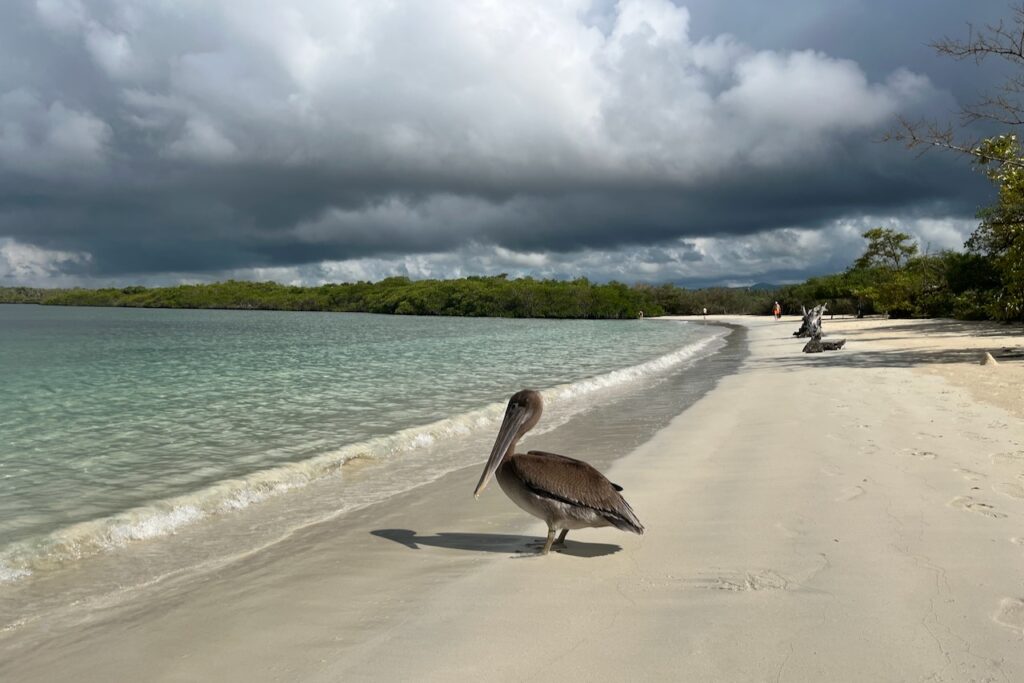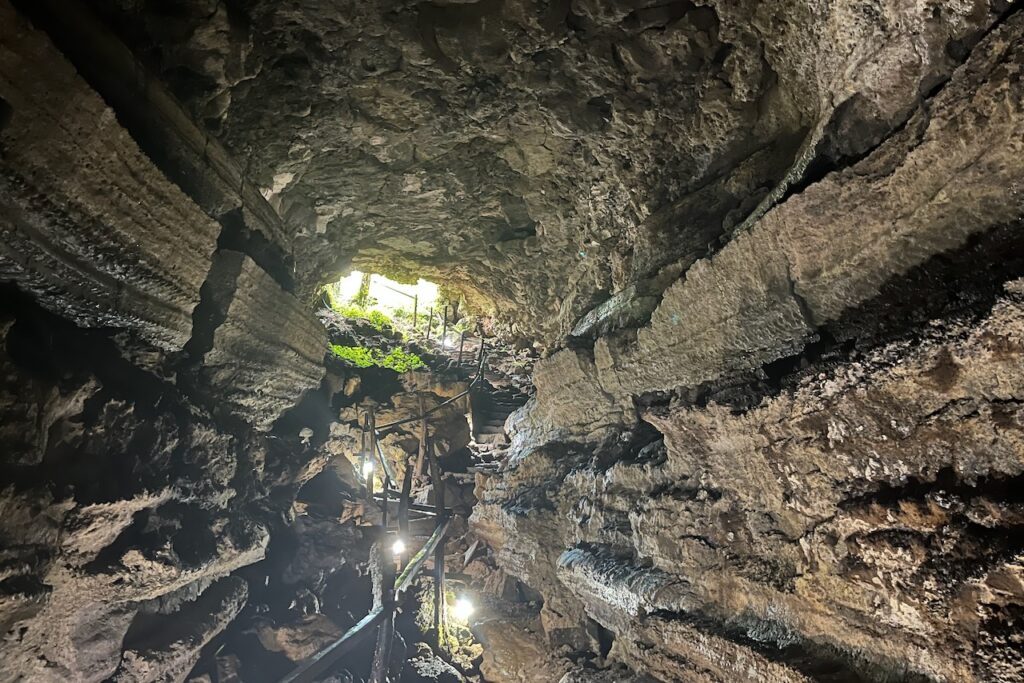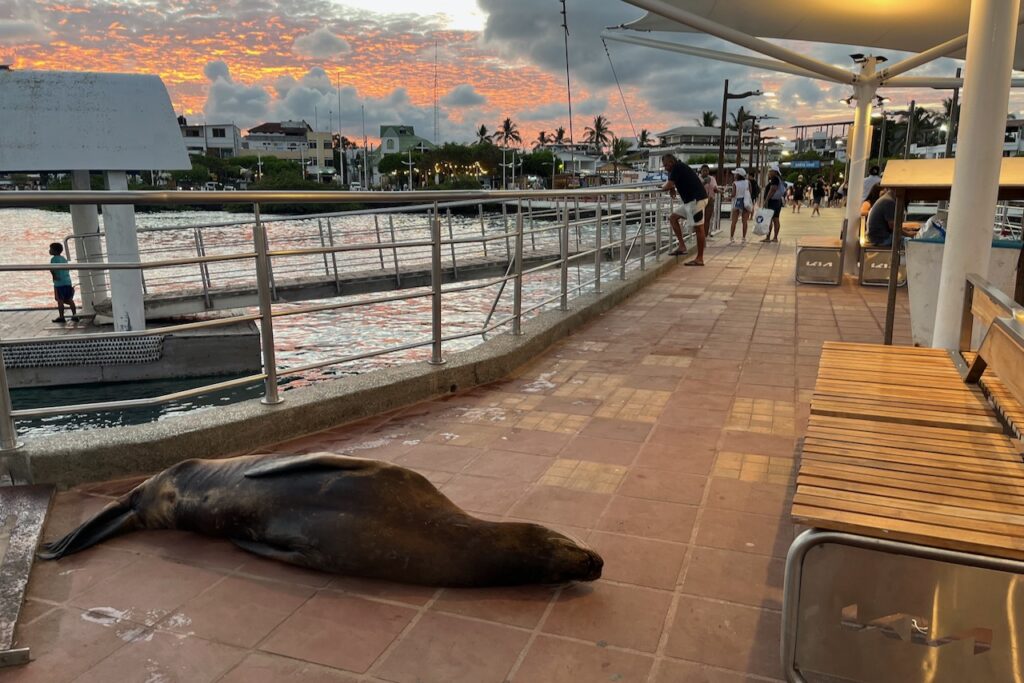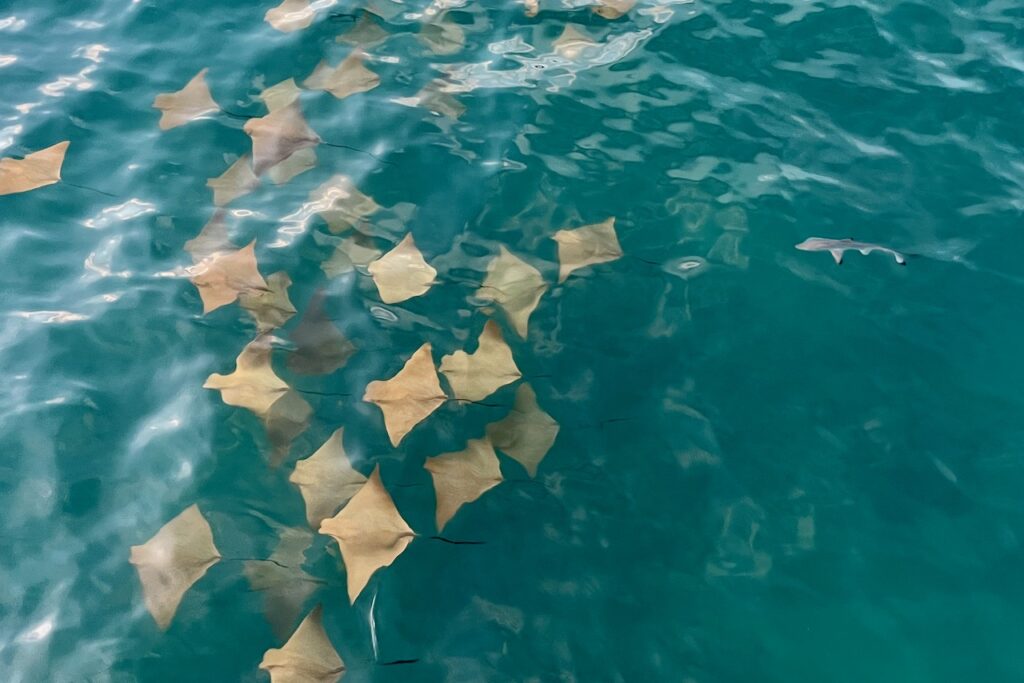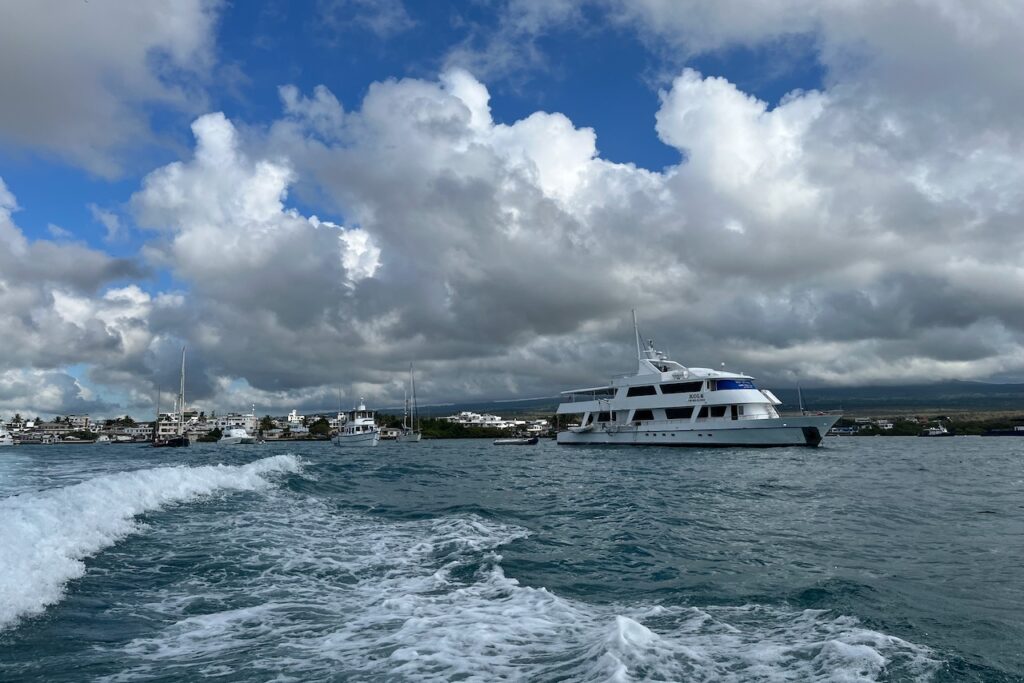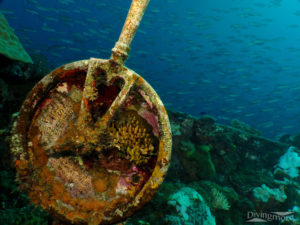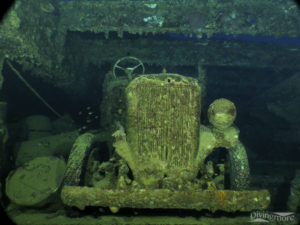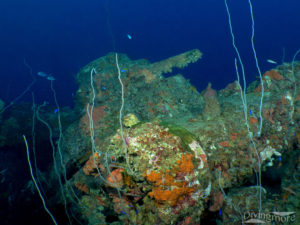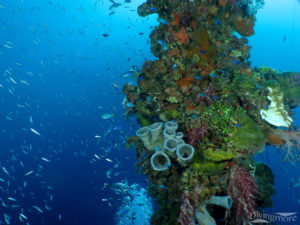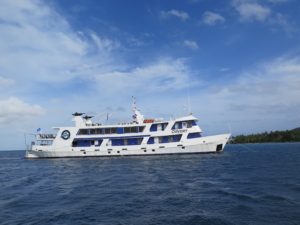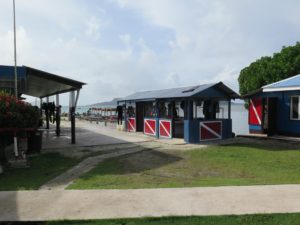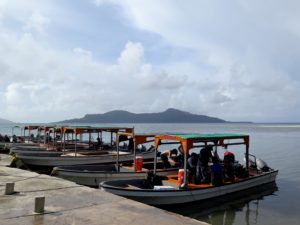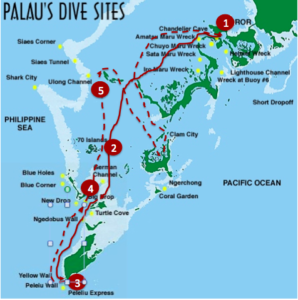Malpelo is an island in the Pacific ocean about 500km west of the coast of Colombia. We dove there in July 2023 on Ferox liveaboard. The video has the highlights from 7 days diving. We have never seen so much marine life – huge schools of all kinds of fish, whale sharks, Galapagos sharks, white tip reef sharks, silky sharks, even eagle rays trying to mate.
Ferox is an excellent boat with a fantastic crew. It only takes 12 divers. Diving is from two rigid inflatable boats in groups of 6 with each group going to a different site. Ferox was the only liveaboard on site so basically, you dive in a group of 6 and don’t see any other divers. There are 3 dives a day and no night diving. They are very serious about safety and given conditions, only take experienced divers.
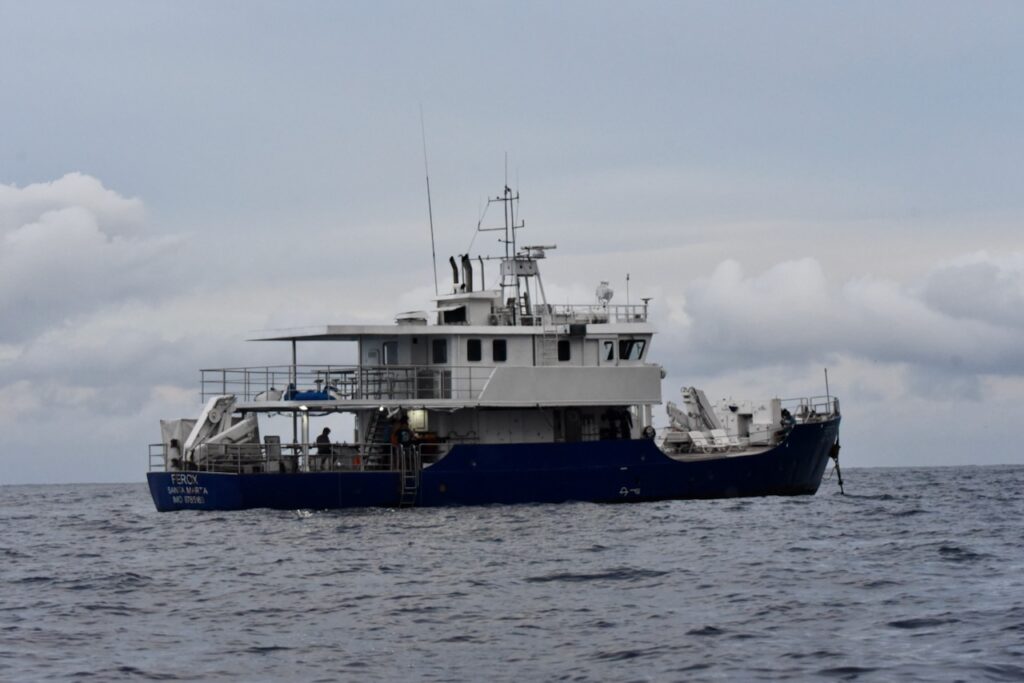
In July 2023 the water temperatures were higher than usual. At the surface and down to 10m water was C32 and higher. Thermoclines started at about 25m and the lowest temperature we had was C27. We brought with us 5mm wetsuits but ended up diving without wetsuits. This warmer water bleached some of the corals. Though we heard that in some areas they already started to recover as water cooled a bit. Hopefully cooler water arrives in time to let them recover. We still saw amazing quantity of marine life.
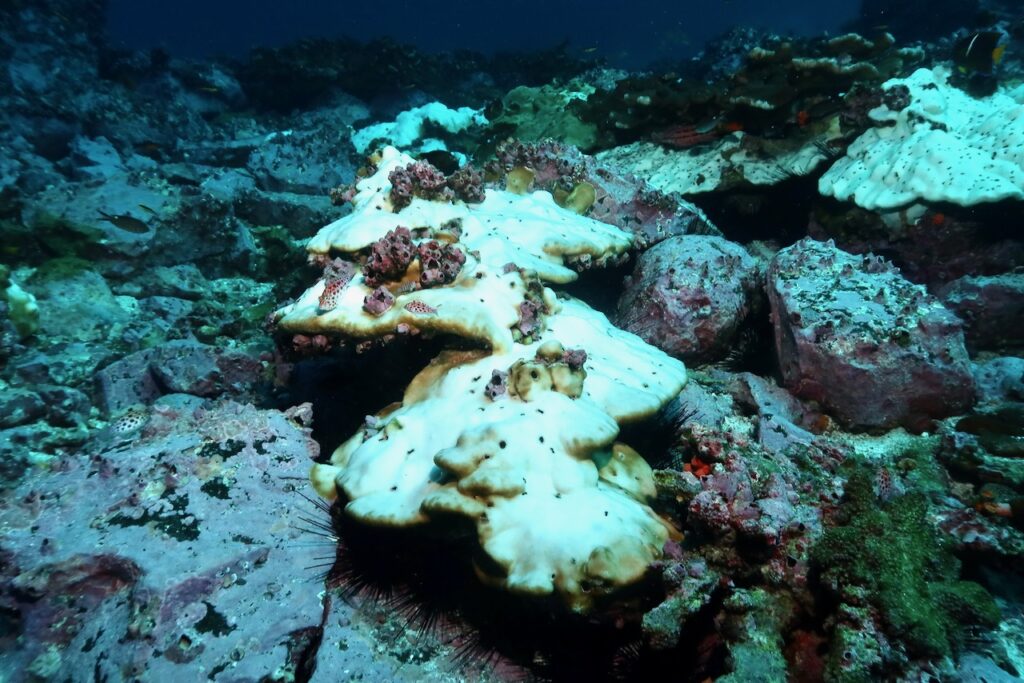
People familiar with Malpelo conditions said that fish life for schools of fish we had was as good as what one saw in normal temperature. But there were fewer sharks as they must have gone deeper. We did not have currents, sea was flat (except during inbound crossing) and visibility was very good. This allowed us to dive all the sites around. We understand that often currents are very strong and it is not possible to dive all of the sites, though then one gets to see more sharks. This being rainy season most days were overcast but we did have sunny days or sunny dives. We felt that every dive was fantastic and we saw more fish life than we saw anywhere else in the world that we dove. We definitely plan on returning once water cools down and El Nino clears out.
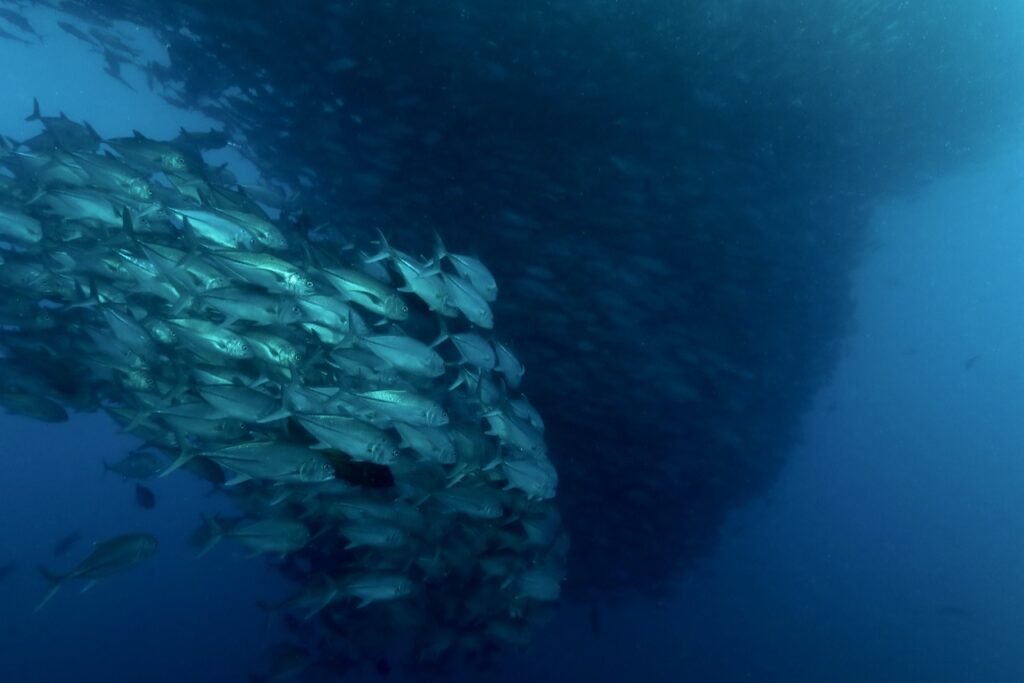
Malpelo island is a very impressive looking island and is a top of underwater sea range. The island is hosting the largest colony of nazca boobies. We took a ride around the island to have a look at the birds closer and also see some of the very cool geology and caves that Malpelo has.

And to top it all up, on the way back we saw whales near Colombia shores.
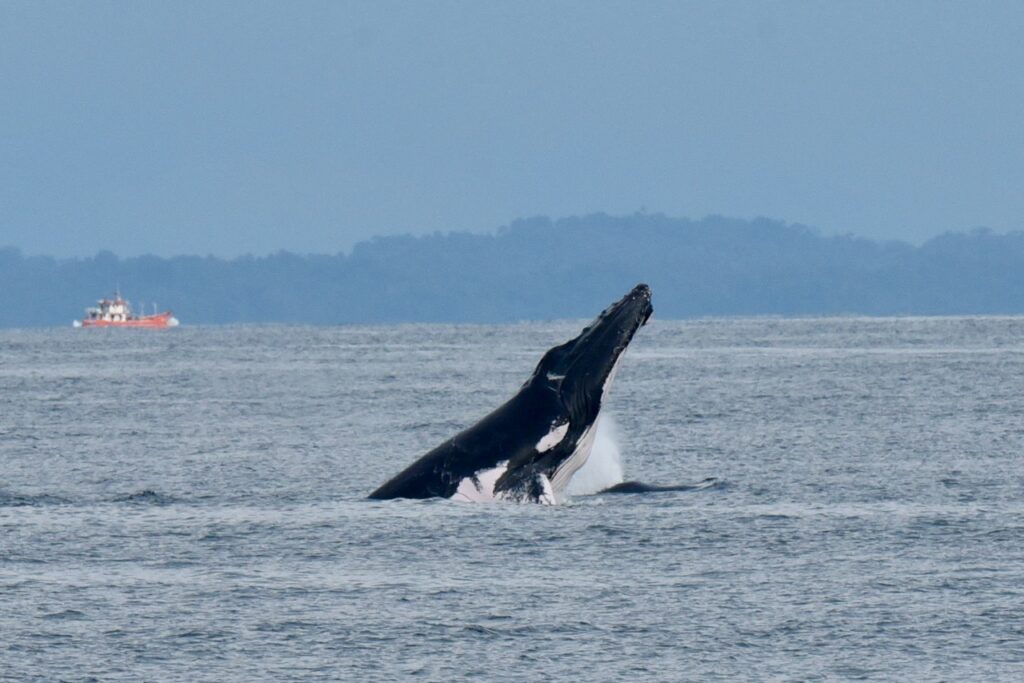
Logistics and Cali
Ferox leaves from the port of Buenaventura. Divers are picked up from Cali and are taken to Buenaventura by big comfortable bus. Cali has a good international airport and is well connected. We arrived a day before and had some time to explore Cali – known as salsa dancing capital of Colombia.
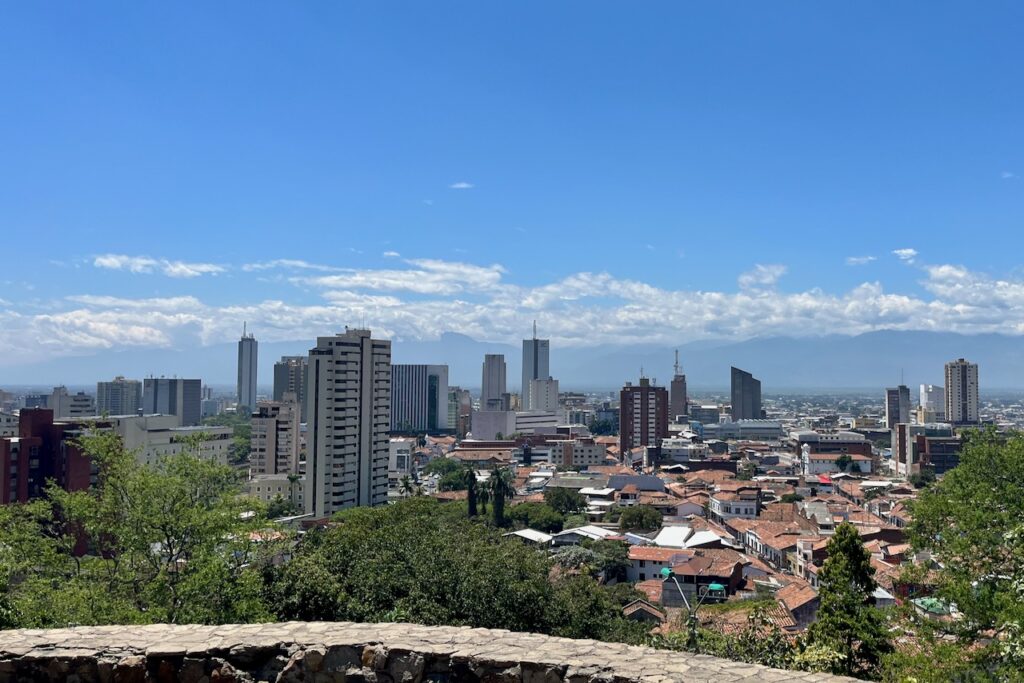
Cali has a nice downtown with leafy streets, areas with older buildings around San Antonio Church hill that now house many cafes and bars, and a promenade along the river with statues of cats lining it. Food was delicious and people are very nice and friendly. And salsa is definitely everywhere – people practicing in a park on Saturday morning or dancing away in street bars (and we did not even make it to a proper salsa dancing club!).
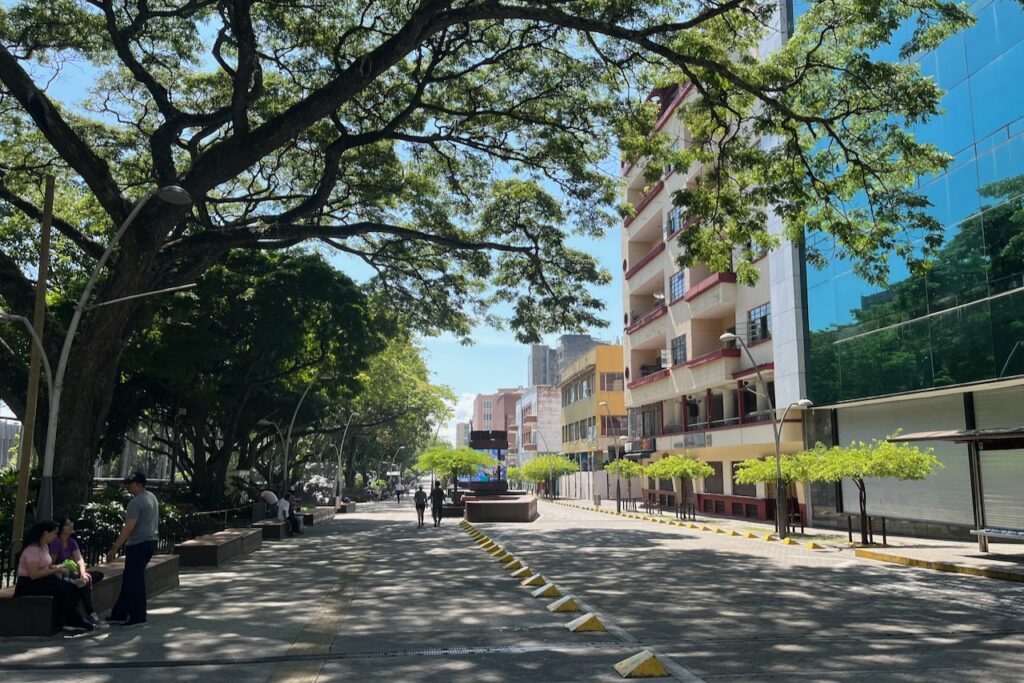
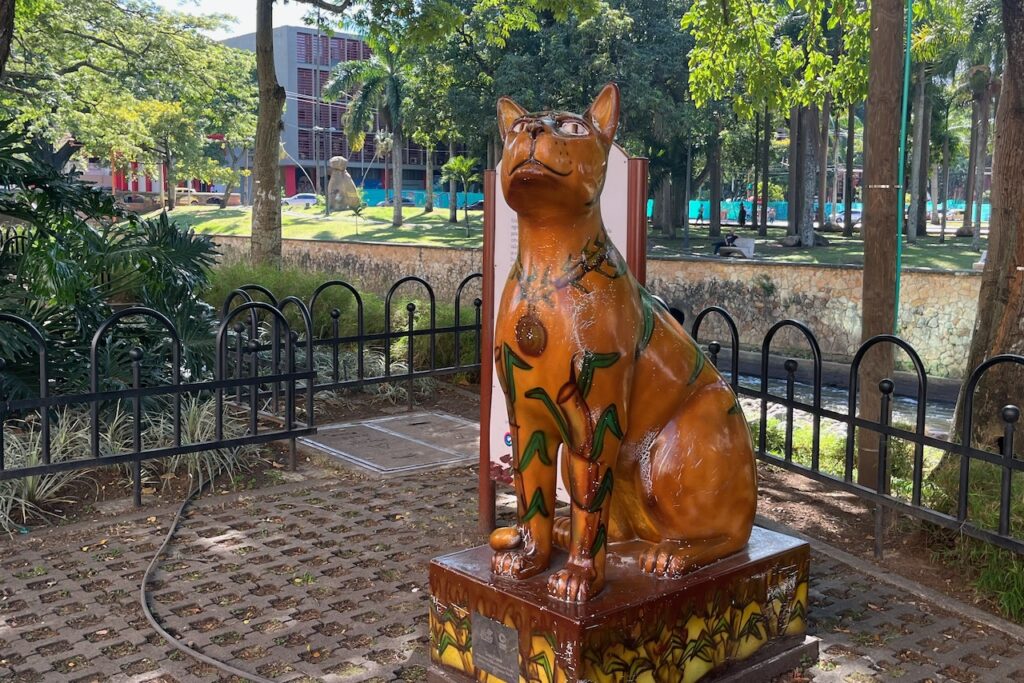

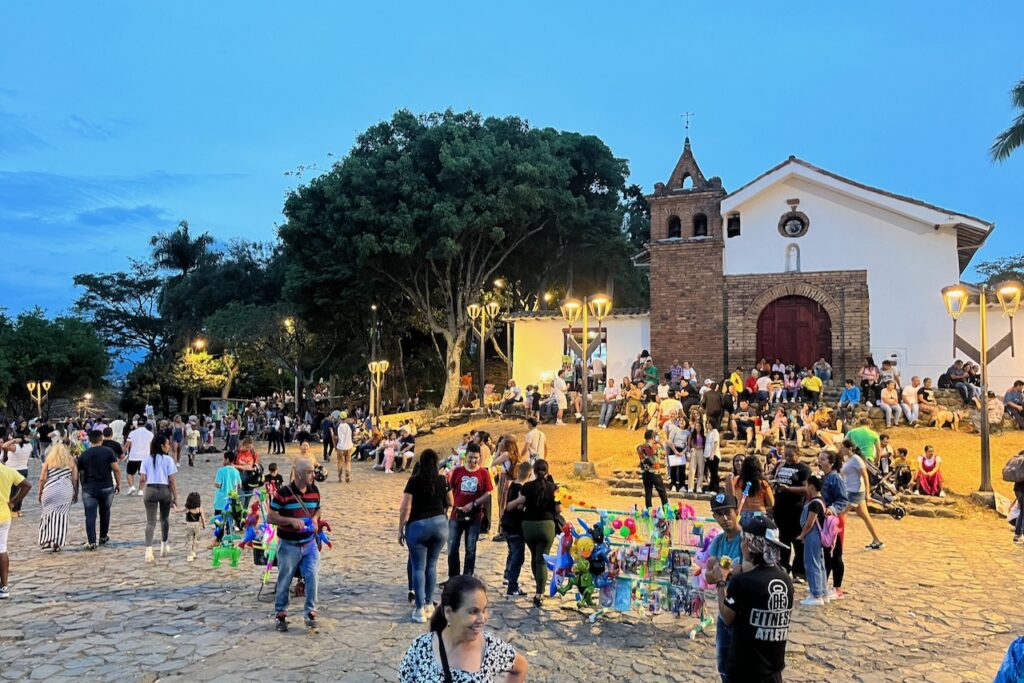
We happened to be in Cali on Colombia Independence day and Cali had a parade so we went to see that. There were military and security units of all kind marching, as well as rescue, police – including mounted police with horses, K9 with dogs and even carrying puppies, and there was even a military music truck with salsa music. Atmosphere was very festive with lots of families with children, many with flags and dressed in Colombia national colors. Most popular outfit for national colors was definitely national football team jersey. In all our time in Cali we felt completely safe.
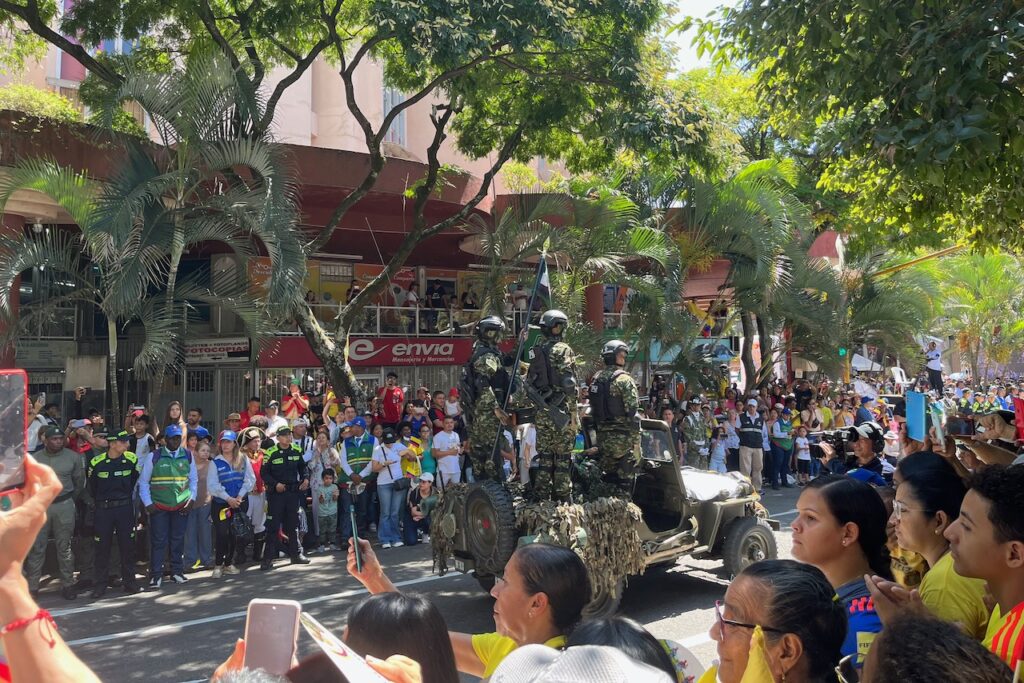
We had a look at the parade and then headed to get on the bus to go to Buenaventura to catch our liveaboard. The drive was about 3 hours with a stop at one of the picturesque restaurants in the hills along the road. Road is very good and scenery quite spectacular on the way.
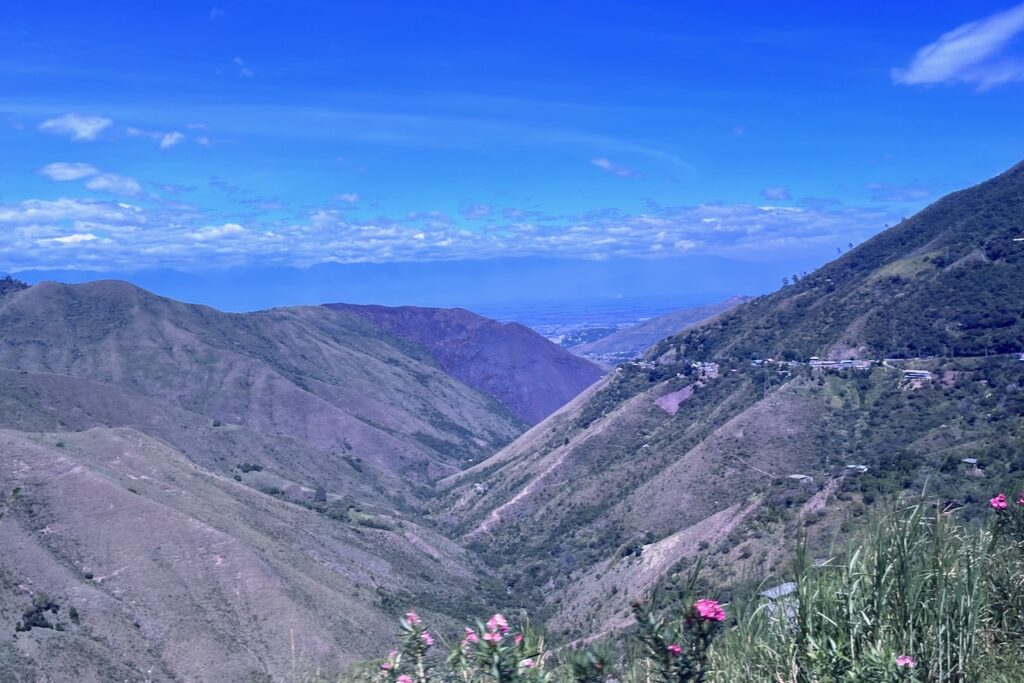
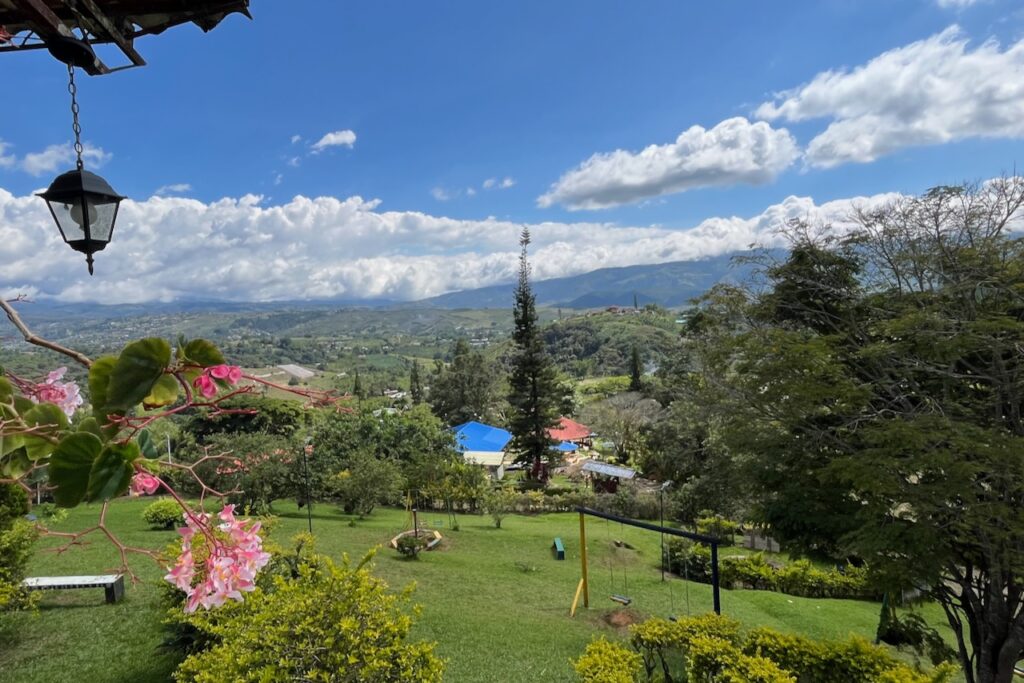
At some point two lane road (i.e. one lane each way) merges into a new toll road with two lanes each way. Both roads are good – but this tall road is really impressive especially considering how many tunnels had to be made to make it happen. I counted about a dozen but then lost count. Mountain scenery along the way is pretty.
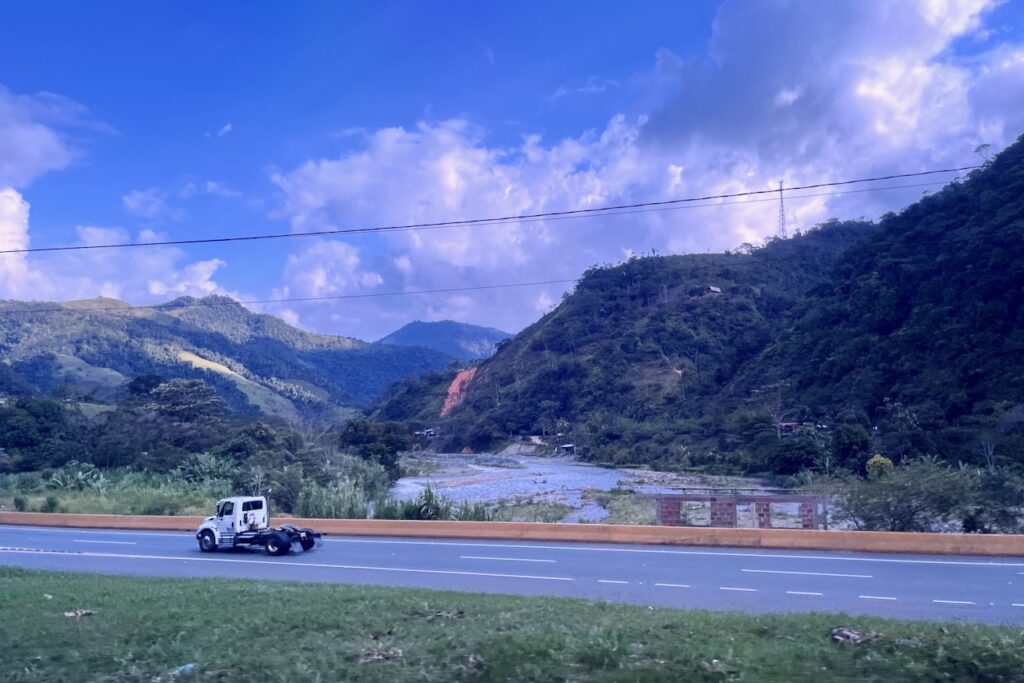
The first look at Buenaventura is not the most pleasing. The outlying areas of the town are slums on stills in mangroves. People said safety can be an issue in Buenaventura – it being a port city and drugs and guns challenges Colombia and countries around deal with. We proceeded directly towards the pier to get to the liveaboard. It did not seem that Buenaventura has much going for it as a stop destination.
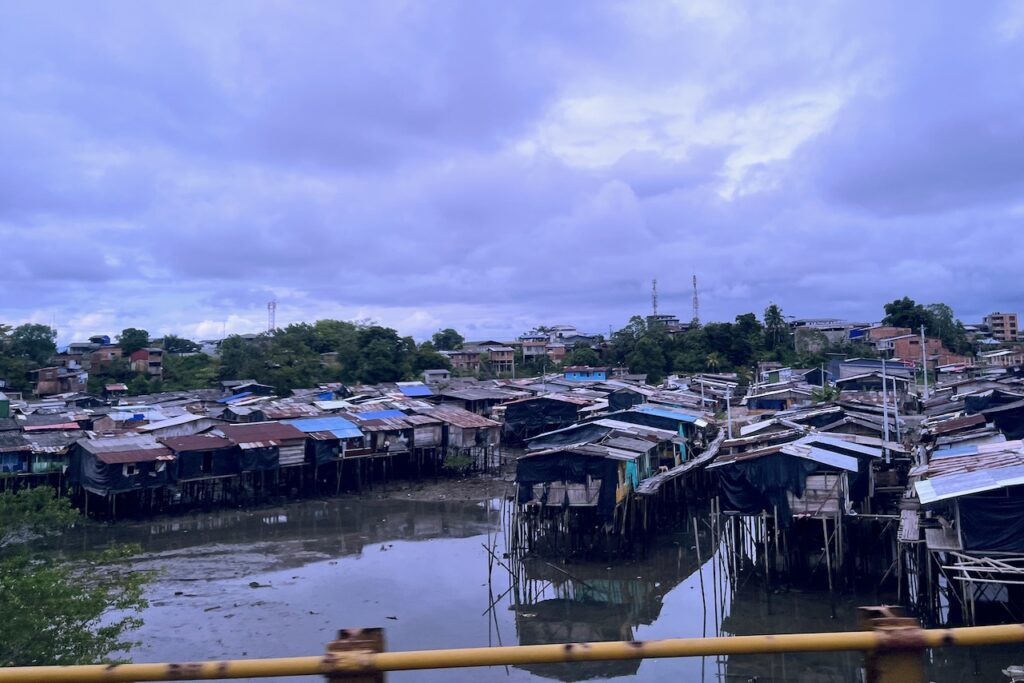
The bus stops at the main square and then we walked about 100m to the pier. Ferox crew transports the bags. Police was visible and there were many people around as we arrived on a holiday weekend – it felt safe.

Buenaventura is the largest commercial port in Colombia on the Pacific side. The tourist pier as it is called, is located next to this commercial port. Tourist pier is a functional if scruffy looking establishment. There are many small boats going from this pier transporting locals to towns and villages along the coast (there is no road along the wild Colombian west coast) and taking tourists (mostly Colombian) to resorts and beaches in the area along the coast.
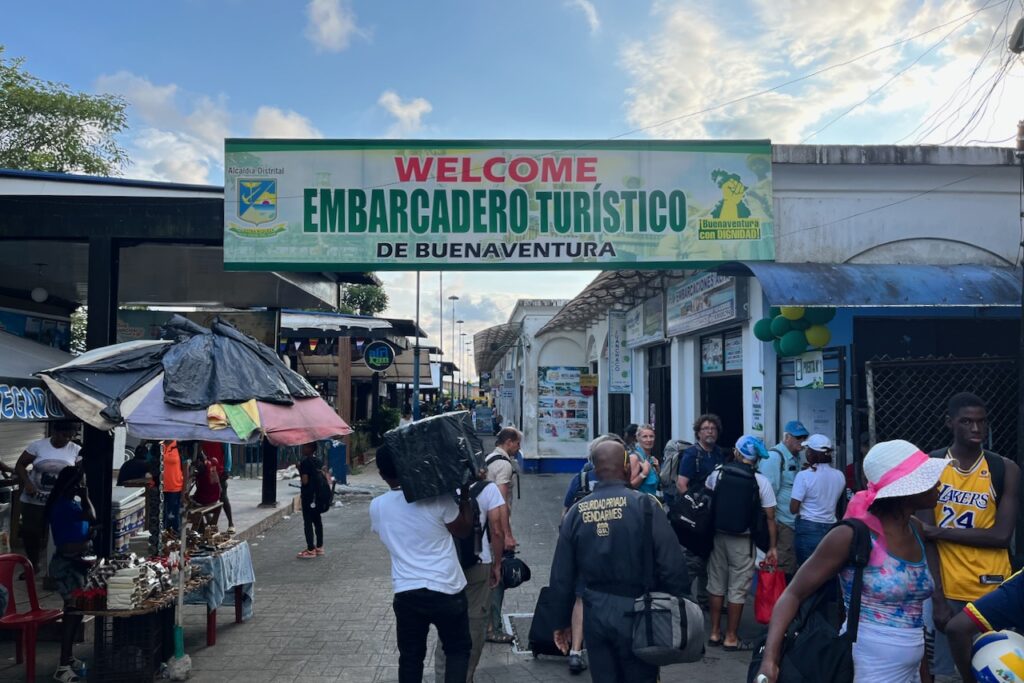
This being a holiday weekend there were many Buenaventura residents enjoying entertainment on the waterfront

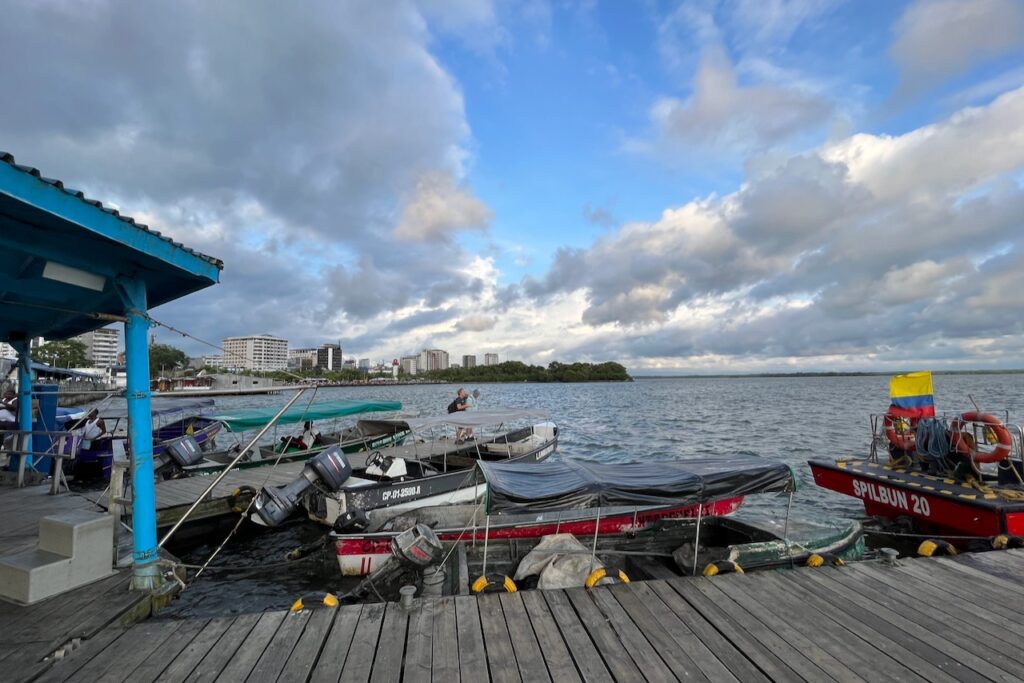
Ferox crew picked us up with the tenders from Ferox and we headed for our new home for the next week on board Ferox liveaboard. With a 32 hour crossing to Malpelo to start with.

It was an incredible trip. We were really surprised that Malpelo is not more known in a diving world (we had no idea it was a thing, we found it by accident while researching Cocos). We heard that part of the reason is history of poor safety record in some of the earlier operations. We also understand that given the size of the island there is a limit (and rightly so) on how many operators and visitors can come. We had a good experience on Ferox. We hope to come back again and see huge schools of hammerheads and silkies coming close, hopefully.


